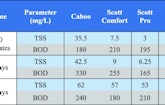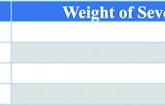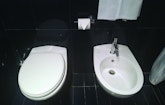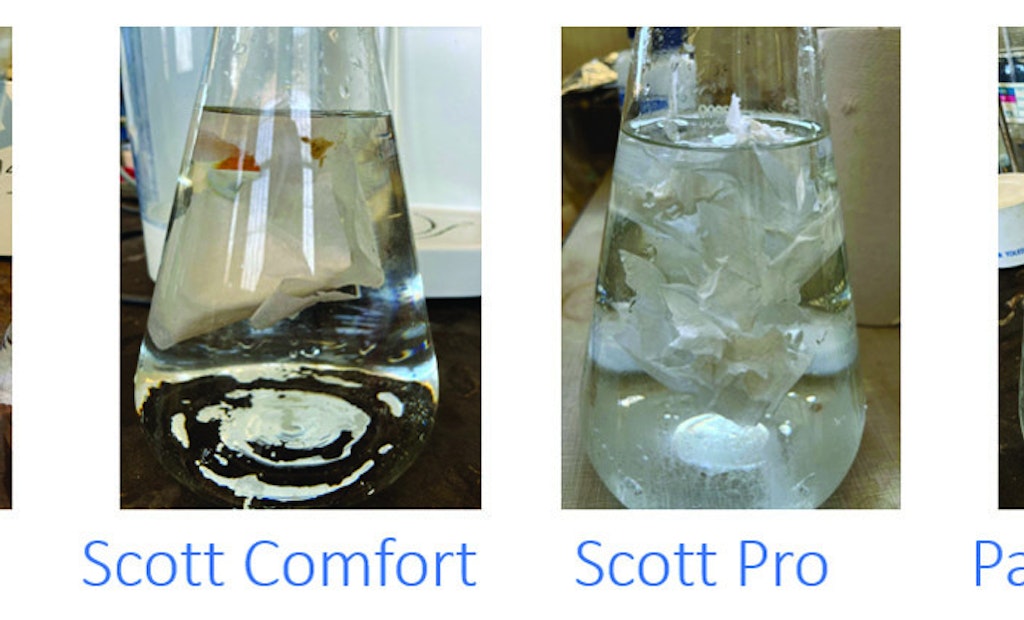Last winter, I traveled to see a good friend in Mexico. His Pacific coastal village of Trancones, Guerrero, has around 500 year-round residences that rely upon septic systems to treat wastewater. I was there to discuss how homeowners can improve their septic systems and plan for...
Is It Time to Eliminate Toilet Paper From Septic Systems?
Many countries ban bathroom tissue in the septic tank and utilize the bidet as an alternative to wiping
Popular Stories
Discussion
Comments on this site are submitted by users and are not endorsed by nor do they reflect the views or opinions of COLE Publishing, Inc. Comments are moderated before being posted.











